There may be more than one cause of a cat litter box problem, but they come from one of two categories. If you've read my article on the physical causes of this dilemma, then you already know that this problem is either physical, or behavioral.
Since your cat can't tell you what's going on, you have to rule out each possible cause, until you are left with the most logical answer. This is known as a diagnosis of exclusion.
In this case, it is always best to use caution and assume that your cat has a physical problem, unless your vet says otherwise. So, the first step is to have a consultation with your vet.
Once your vet says your cat's problem does not have a physical cause, then you assume that your litter box problems are behavioral. Let's see if we can think of some behavioral reasons for why your cat won't use the litter box.
1. Dirty Cat Box - some cats prefer the box to be extremely clean, and others are willing to allow it to be somewhat less so. No matter what, you should clean your litter box at least once per day. You should also change your litter out completely at least every few weeks. Whenever you change the litter, wash the litter box thoroughly. Be sure to wash the lid too if you have a hooded box.
2. Cat Box Odor - if the litter box doesn't smell quite right, your cat may avoid it. You might think that your litter box smells just fine, but your cat may have a different opinion about the subject.
If you don't clean the box well enough, your cat will know. If you don't rinse thoroughly, or use a scented cleaner, your cat may detect a smell that says don't go in there. You should use a solution of one part bleach to 30 parts water to sanitize the box. When you're finished, the box should be clean and dry, and not smell like cat waste, bleach, or soap.
3. Litter Smells Bad - certain cat litters don't agree with certain feline noses. Unscented litters of varying brands have an odor all their own, and your cat may not like it. Different types of litter have unique odors as well. You may have to try different brands or types until you get it right.
4. Wrong Litter Type - brand aside, your cat may be turned off by the type of cat litter you use. Switching litter types too fast can be an issue. When you switch litters, add 20 percent new litter to 80 percent old, and then increase the amount of new litter over several days.
5. Type of Litter Box - the size, shape, and type of box may make a difference to your cat. Hooded boxes may prevent litter spill over, but some cats may prefer not to be closed in. On the other hand, your cat might like the privacy of high walls, and some will like a larger box. Have you recently changed litter boxes? Perhaps this is the problem.
6. How Many Boxes? - another cause of a cat litter box problem relates mainly to multi-cat households. Remember the one plus one rule when selecting how many boxes you'll need. You should have one box for each cat, and one extra box so that there is never any waiting for a box to free up. Cleaning chores are a little easier if you have more boxes since that keeps each box a little cleaner.
7. Location Choice - in some cases, you just can't find a good spot for the box, and you'll have to do your best. If your cat is not pleased with the location of the box, she may stop using it. Always try to keep the box in a low noise and low traffic area. Busy areas like laundry rooms and kitchens are usually not good places.
8. Territorial Issues - territorial arguments are common in multi-cat households. Some cats like to sneak up on others when they're using the box and pounce. If your cat is attacked every time he's in the box, he may grow to hate the box. This is where the one plus one rule for multi-cat households is most important.
9. Stress - stress is a leading cause of box aversion. If your cat is stressed by a life event, such as a recent move or a new addition to the household, this may be the cause of the problem. One of my readers found out the hard way that one family member was trying the wrong form of behavior modification on one of their cats. The result was a litter box issue. Try to think about what might have changed recently in your cat's life, and then try to reduce or eliminate the stress.
Cat litter box problems can usually be solved, once you know the cause. The solution doesn't have to mean getting rid of the cat. Your veterinarian needs to first rule out physical causes so you can tackle the behavior side of things. Think like a cat, and you'll be able to solve your box problems.

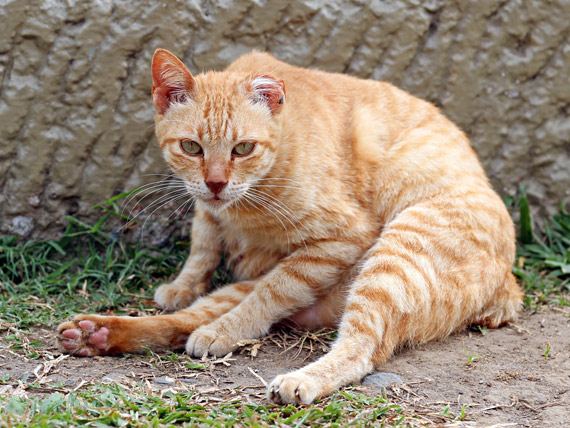 Mange in Cats
Demodicosis, or Mange in Cats
Demodicosis, or dem
Mange in Cats
Demodicosis, or Mange in Cats
Demodicosis, or dem
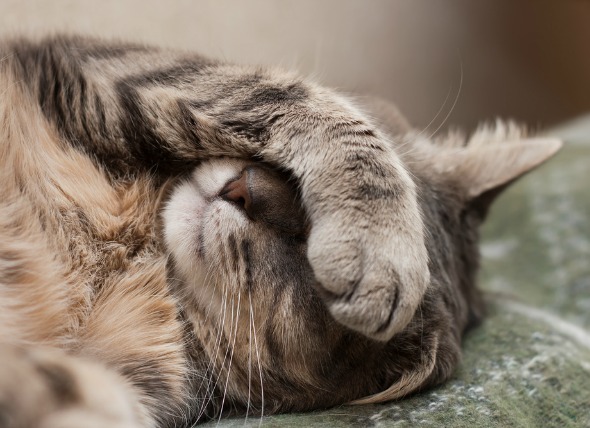 Vomiting of Blood in Cats
Hematemesis in Cats
Hematemesis, or the vomiting
Vomiting of Blood in Cats
Hematemesis in Cats
Hematemesis, or the vomiting
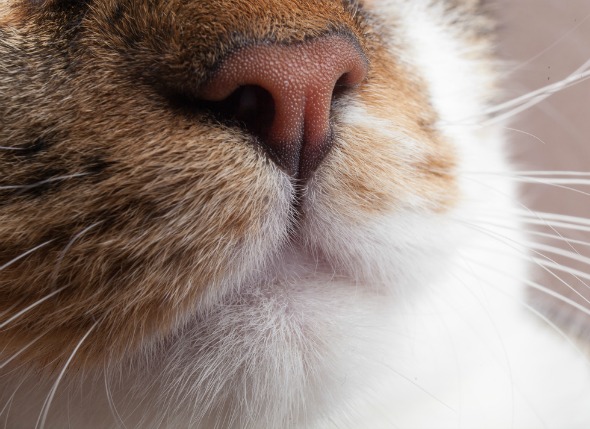 Nose and Sinus cancer (Squamous Cell Carcinoma) in Cats
Squamous Cell Carcinomas of the Nose and Sinuses in Cats
Nose and Sinus cancer (Squamous Cell Carcinoma) in Cats
Squamous Cell Carcinomas of the Nose and Sinuses in Cats
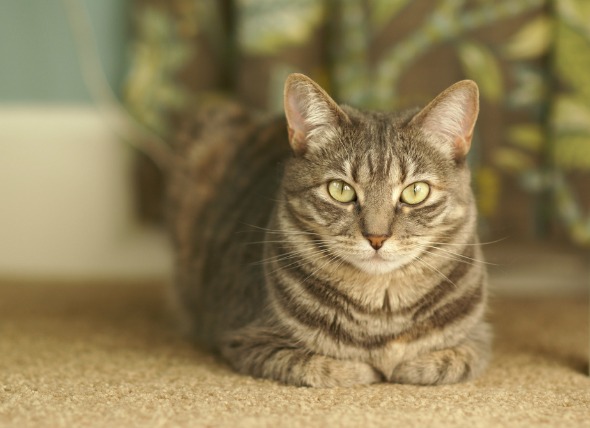 Parasitic Blood Infection (Haemobartonellosis) in Cats
Hemotrophic Mycoplasmosis (Haemobartonellosis) in Cats
&
Parasitic Blood Infection (Haemobartonellosis) in Cats
Hemotrophic Mycoplasmosis (Haemobartonellosis) in Cats
&
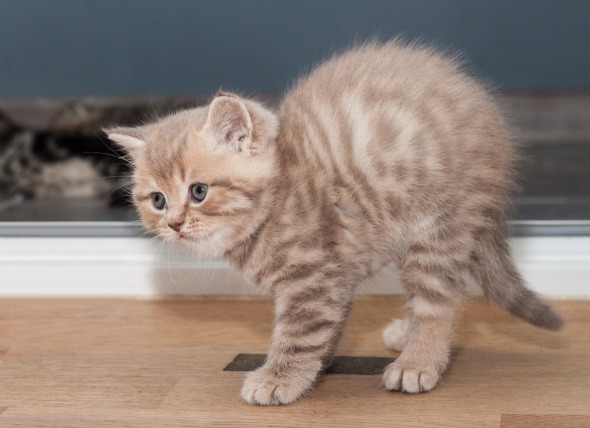 Spinal and Vertebral Birth Defects in Cats
Congenital Spinal and Vertebral Malformations in Cats
&n
Spinal and Vertebral Birth Defects in Cats
Congenital Spinal and Vertebral Malformations in Cats
&n